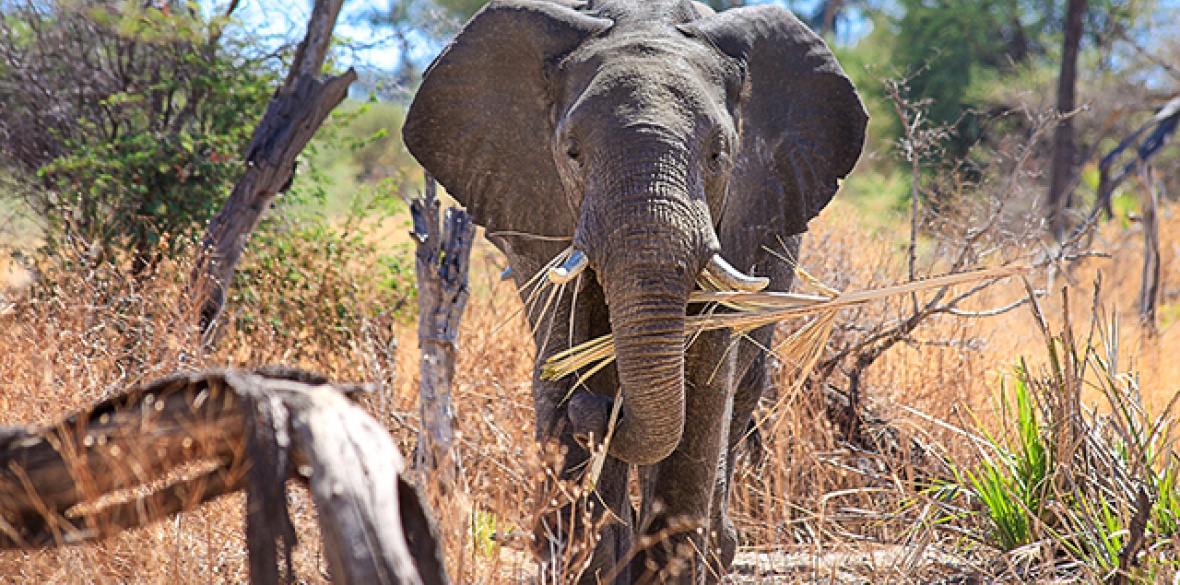This is the last article you can read this month
You can read more article this month
You can read more articles this month
Sorry your limit is up for this month
Reset on:
Please help support the Morning Star by subscribing here
HERE is an amazing fact, the biggest animal in the world, not just now but for all time isn’t any of those giant dinosaurs, it is the blue whale (Balaenoptera musculusis).
Bigger than any dinosaur, the blue whale can weigh up to about 180 tons (400,000lb) and measure 98 feet (30m) long.
Its tongue alone can weigh as much as an elephant and their hearts as much as a family car, yet they survive by eating a diet rich in tiny plankton. They are a good bit larger and heavier than the dinosaurs ever were.
Whales are not fish. The largest living fish is the 40 foot (12m) whale shark, weighing up to 22 tons (50,000lb). Despite being rare and threatened, they are still hunted for so-called sport.
Another claimant for largest fish is the colossal squid (Mesonychoteuthis hamiltoni) that can reach 60 feet (18m) or even 90 feet (27m) in length. They have the largest eyes in the animal kingdom, reaching 10 inches (25cm) in diameter.
Most dinosaurs were reptiles and today our largest reptile is the saltwater crocodile which can grow to more than 23 feet (6.5m) and weighs over a ton (2,200lb). If it is just length that counts, then another reptile, this time a snake, must get a look-in.
Green anacondas are the heaviest snakes in the world. The heaviest anaconda ever recorded was 500lb (227kg) but it measured 29 feet (8.43m) long with a girth of 3 feet 8 inches (1.11m).
The world’s biggest amphibian is almost certainly the very rare and critically threatened Chinese giant salamander (Andrias davidianus). It grows to more than 6 feet (1.8m) and can weigh up to 110lb (50 kg).
It may be a giant but it looks a lot like its close relative, our tiny pond newts. Some Loch Ness monster hunters believe the mystery animal in the loch in a close relative of Andrias davidianus.
The world’s heaviest land mammal is the African bush elephant. Adults reach up to 24 feet (7.5m) feet in length and 13 feet (4m) in height. They can weigh up to 11 tons (24,600lb).
The ostrich is the largest living bird, with a height of 9 feet (2.7m) and weigh 344lb (156kg). They cannot fly and don’t have teeth and can survive without water for many days.
In the contest for biggest land carnivore we have a dead heat between the brown bear and the polar bear. They can both weigh a ton (1,000kg) and reach up to 10 feet (3m) tall when standing on their hind legs.
Melting of the polar ice cap is bringing the two species’ habitats closer together. Some inter-species hybrids have already been seen, meaning polar and brown bears are breeding.
Now let us look at plants. There is no argument about the biggest and heaviest tree. It is the called either the wellingtonia, Californian redwood or giant sequoia. Even in Latin they have two names: Sequoiadendron giganteum or Sequoia gigantea.
One of these, named after General William Sherman, is not just the largest plant in the world but also used to be thought the largest living organism anywhere on the face of the globe. But is it?
You might think that at 273 feet, (83m) tall and with a circumference at its base of 101.5 feet (31m) and a estimated weight of 6,200 tons it won’t have any rivals, but recent discoveries might just bring forth a new heavyweight challenger for the world title.
So where is this mystery giant organism to be found and what kind of living thing is it? Well actually it is a fungus, but if you are thinking mushroom or toadstool, think again. Those colourful umbrellas are just the fruiting bodies of a much bigger organism.
What science has recently discovered in mainly in the logging forests of North America are vast underground networks of the fine mycelium, or “roots,” of parasitic forest fungi. You might call them the woodwide internets.
The biggest single example of these fungi networks covers 400 acres, that is three square miles or 1.5 square kilometres. However you measure it, that is one very big organism.
Wherever scientists or loggers dig in this area they find the fine roots or mycorrhiza — all part of the complicated underground structure of the giant fungi’s root system.
DNA testing has convinced the scientists this huge area of fungus is made up of a single living organism. They take samples from all over the vast areas the fungi covers and identical DNA results prove it is all the same plant.
If you scooped it all up and piled it together, scientists calculate it could weigh at least 7,500 tons and maybe up to 35,000 tons. That’s the weight of more than 200 blue whales.
As the fungus spreads at one to three feet a year scientists have calculated the age at something anywhere from 2,000 to 8,000 years old.
The vast fungi’s scientific name is armillia. It also has a couple common nicknames, including honey mushroom and shoestring fungus.
The shoestring name refers to this fungi’s unique ability to take an entirely different form as it spreads through the forest.
Instead of white, rubbery layers of honey fungus, it sends out black stringy fibres underground. The fungus uses the trees’ interconnected roots to provide an easy pathway for its parasitic prowling.
The honey mushroom exists in other places from Michigan to Germany. But the largest ever discovered is near Glenwood, Washington, in the US. The fungus has plagued the local private logging timber industry for decades.
In the 1970s, researchers set out to see if they could eliminate the fungus entirely on test plots on a private logging timber farm.
In some areas, they cut trees and dug out stumps. In others, they went further and raked out every last fibrous root they could find. This produced the best results, with less fungus and more pine trees surviving after being planted on this treated ground.
These studies have continued for more than four decades. Sadly they have proved very costly, often so expensive as to make further experiments uneconomic.
Timber companies can’t afford to dig out every last trace of the fungus so it will go on killing valuable trees.
Living on such a scale, under entire forests this humongous fungus — clearly the biggest living organism is not something humans can easily have much impact on.











